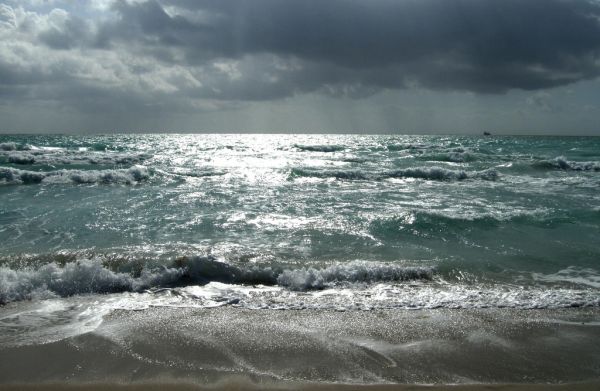
We have plenty of ocean water. Why not use it as a source of power? And, guess what! Researchers at Stanford University have found that the salty nature of ocean water can become a good charger for batteries. It is not about extracting energy from the salinity, it’s another approach – treat the entire ocean a bit like a battery medium.
When we charge a battery an exchange of electrons happens with ions and shuffles between a storage medium and electrodes; the ions remain within the battery case. But the new approach is different. Here it allows ions to exchange freely with water that flows through it.
Ocean water contains some specific salt ions like sodium and chlorine. The battery consists of two electrodes – one positive and one negative. The electrodes of this device will react with those ions. To explain it more, one electrode is made of manganese dioxide; it reacts with the sodium ions and forms Na2Mn5O10. This material is cheap, environmentally friendly, and also has a high energy density. The other electrode is made of silver, which reacts with chlorine. Thus, the two electrodes in the device can set the ions aside in that form when sodium chloride (common salt) dissolves in water.
The cycle is pretty simple. Initially the battery is filled with fresh water and a small electric current is applied to charge it up. After that the fresh water is drained and replaced with salty ocean water. When this saline water flows over the electrodes, they capture the ions, and thus produce a charged battery.
The research team, led by Yi Cui, associate professor of materials science and engineering, call their device a “mixing entropy battery,” and showed some examples that perform efficiently for over 100 cycles. They also demonstrated that it works perfectly well with environmental samples.
In their lab experiments, the team used seawater collected from the Pacific Ocean off the California coast and fresh water from Donner Lake, high in the Sierra Nevada.
This research is being funded by King Abdullah University of Science and Technology (KAUST) and the US Department of Energy.
Via: Arstechnica




